Meet The Bulgarian Conservationist Fighting Against All Odds To Save A Magnificent Migratory Bird
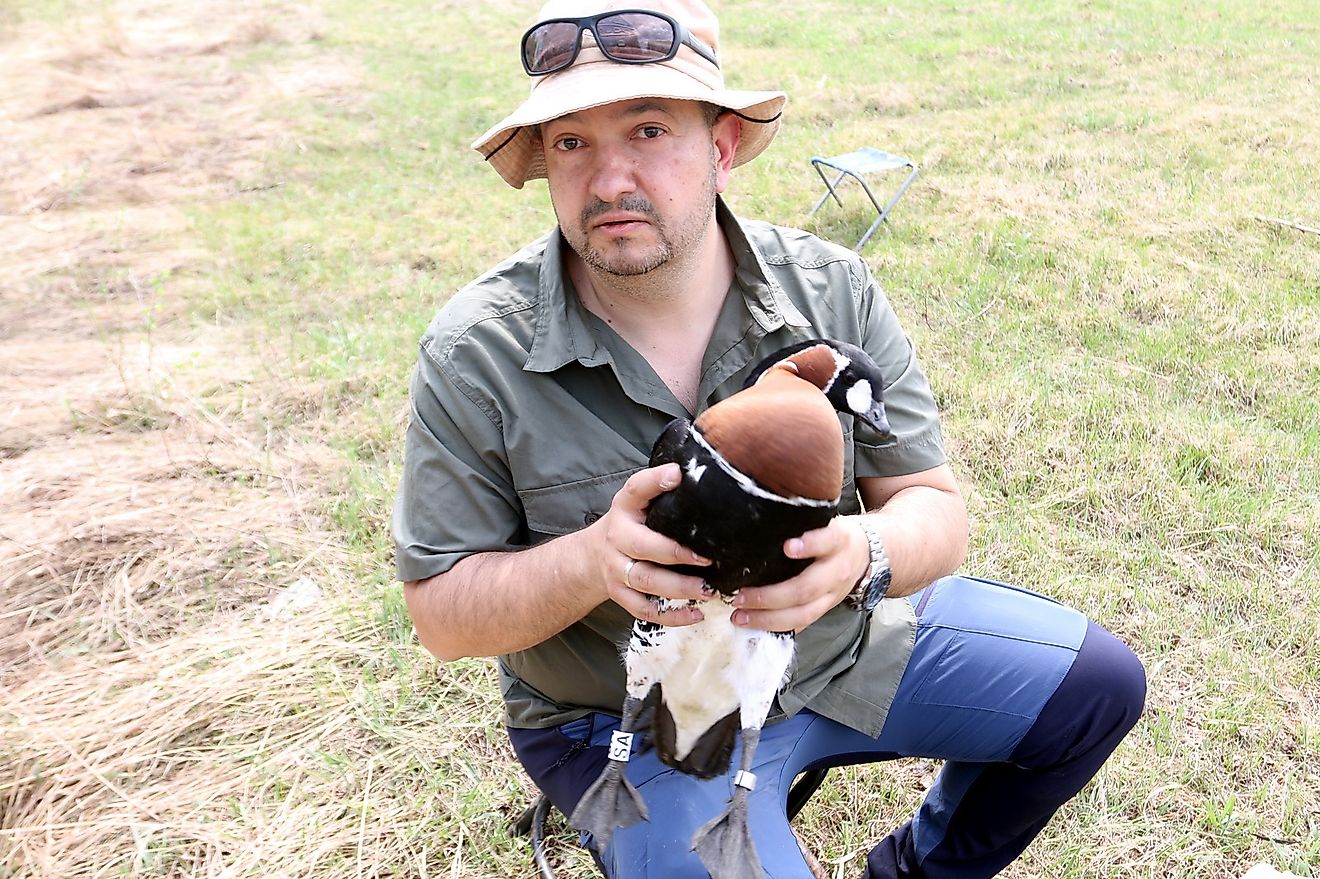
On a planet where every species counts, saving each one of them is vital to our well-being. Keeping this in mind, a conservation scientist from Bulgaria, Dr. Nikolai Petkov, has adopted the responsibility of saving a fast-disappearing bird - the red-breasted goose or Branta ruficollis.
Bulgaria is one of the vital wintering grounds of this magnificent migratory species. These birds fly for nearly 6,000 km from the Russian Arctic to Bulgaria every year. Once numerous, developmental pressures, illegal hunting, and climate change have nearly halved the population of this species since 1990. Urgent conservation action is needed to save them before they are wiped out completely.
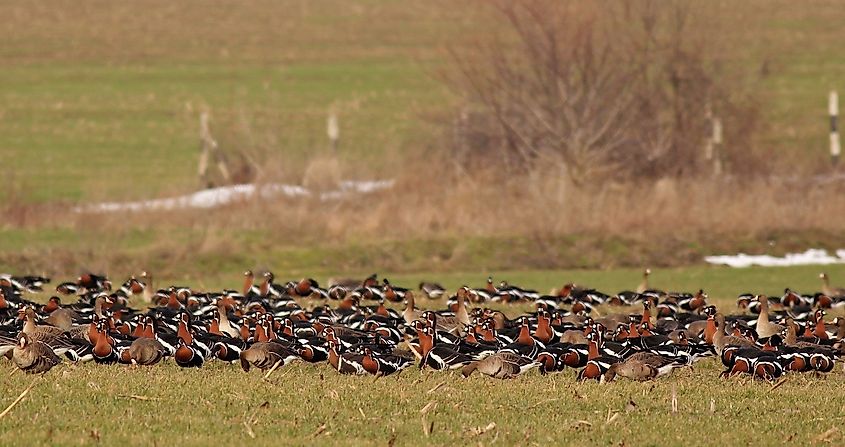
Working for the Bulgarian Society for the Protection of Birds (BSPB), Dr. Petkov and his team are doing everything in their capacity to save the migratory bird and its vital wetland habitats. BSPB, also a partner of BirdLife International in Bulgaria, was the first conservation NGO to be registered at the dawn of the political changes in Bulgaria at the end of the 1980s.
In 2019, Dr. Petkov's incredible work to save the red-breasted goose was recognized on a global platform when he was awarded the 2019 Whitley Awards or "Green Oscar."
World Atlas spoke to Dr. Petkov to learn more about the amazing work done by him and the threatened bird that he and his team are striving to save. Read his story below:
How did you develop your passion for wildlife conservation?
Wildlife has intrigued me since I was a child. Books by Gerald Durrell and David Attenborough, and also the Red Data Book of Bulgaria helped me to understand the fascinating world of wildlife. In high school, I joined the Jersey Wildlife Conservation Trust (now Durrell Wildlife Conservation Trust) and the Royal Society for the Protection of Birds to further my knowledge in the field. In the later years, Dr. Petar Iankov, former President, Conservation Director and Executive Director of the Bulgarian Society for the Protection of Birds (BPSB), also inspired me greatly. His passion for birds is contagious and easily infects all those who come in contact with him.
In 1989, I received the golden opportunity to attend the first General Assembly of the Bulgarian Society for the Protection of Birds. This event was a major trigger that shaped my future career decisions. When I attended the first field trip organized by the Society, I knew exactly what I wanted to do with my life. The spectacular sight of hundreds of birds of different species flying around made me fall in love with them. It was extremely interesting to learn to identify the birds and the exciting facts associated with them. Since that day, and now 30 years later, these winged creatures continue to engage me like it is always the first time.
How did you direct your education and career to allow you to follow your passion?

After deciding what I wanted to do, there was no looking back. In the early 1990s, I completed an M.Sc. in Vertebrate Zoology and Anthropology from the University of Sofia ‘St Kliment Ochridski” where my thesis work involved studying the distribution and breeding ecology of the Ferruginous Duck, a globally threatened species at that time. Following a period of serving the military as part of the obligatory military service still prevalent in Bulgaria in the 1990s, I decided to pursue a Ph.D. to enhance my knowledge. I enrolled for the same at the Laboratory of General Ecology at the Bulgarian Academy of Sciences. My research work focussed on the ecology of the Ferruginous Duck and Common Pochard during the breeding season.
When and why did you start working on the conservation of the red-breasted goose?
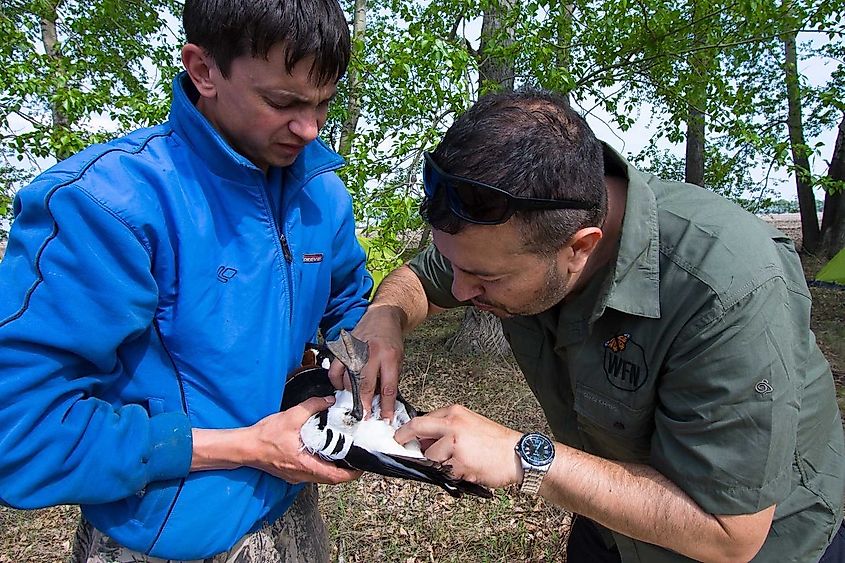
For several years before becoming a full-fledged conservationist, I participated in a plethora of activities related to waterbirds monitoring and conservation with the BPSB, initially as a volunteer and later as staff. In 1995, I was introduced to the wintering red-breasted goose in the wild for the first time when I participated in a goose monitoring count in Northeast Bulgaria. The birds captured my heart and I decided to explore more about this extraordinary species. Since then, I was a regular attendant of the annual red-breasted goose monitoring counts. In 2004-2005, I played an active role in establishing a partnership agreement between BPSB and the Wildfowl & Wetlands Trust, UK that would fund the red-breasted goose conservation program. In 2005, I became the Conservation Director at BPSB and happily inherited the supervision and coordination of the red-breasted goose conservation work.
Please brief us on the current conservation status of the species.
Sadly, the red-breasted goose is a threatened species, labeled as "Vulnerable" on the IUCN Red List. As per recent population estimates, only around 50,000 of these birds survive today.
How has the conservation status changed over the decades?
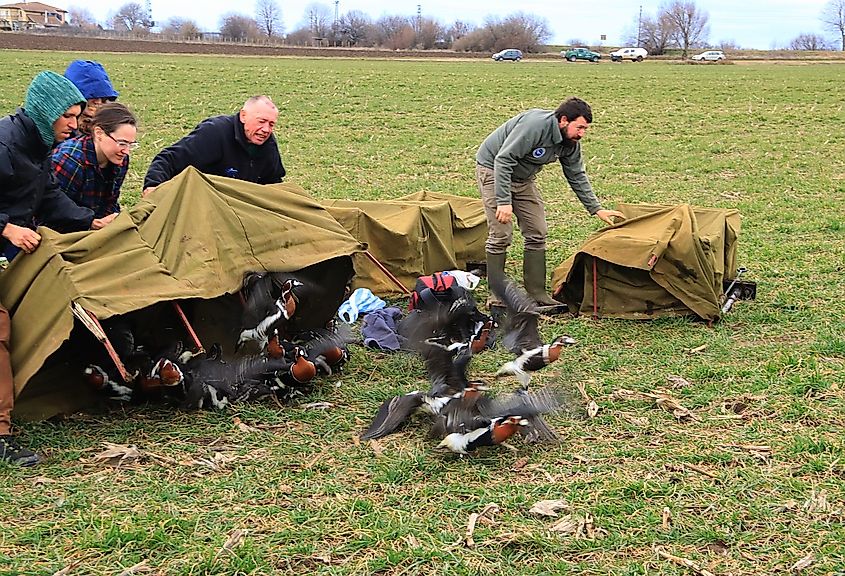
Like most wild species, the red-breasted goose has also suffered severely from unfavorable alterations in its habitat brought about by humans. Its population has harshly plummeted over the decades due to the growing number of threats. Till the 1950s to 60s, wintering populations of this species could be seen along the west coast of the Caspian Sea. However, remodelings in agricultural practices in the area and a shift from wheat cultivation to technical monocultures of cotton drove the species out of its former habitat. Now, these birds were spotted along the northern and northwestern coasts of the Black Sea. By this time, the species' population was estimated to have dropped to below 30,000 birds and it was classified as Vulnerable. Protection measures were then implemented to save the fast-disappearing species.
By the 1990s, it seemed that efforts to protect the bird bore fruit and the population had recovered to around 97,000 by the late 1990s. However, climate change emerged as one of the biggest threats to their survival at the turn of the century. With winters across Europe becoming milder, the life cycle of these birds was adversely affected. By the early 2000s, it was considered that the population had dropped to a mere 37,000 birds.
According to most recent assessments of the red-breasted geese populations, there are around 50,000 birds surviving today with their status remaining Vulnerable.
What are some of the fascinating facts about the red-breasted goose?
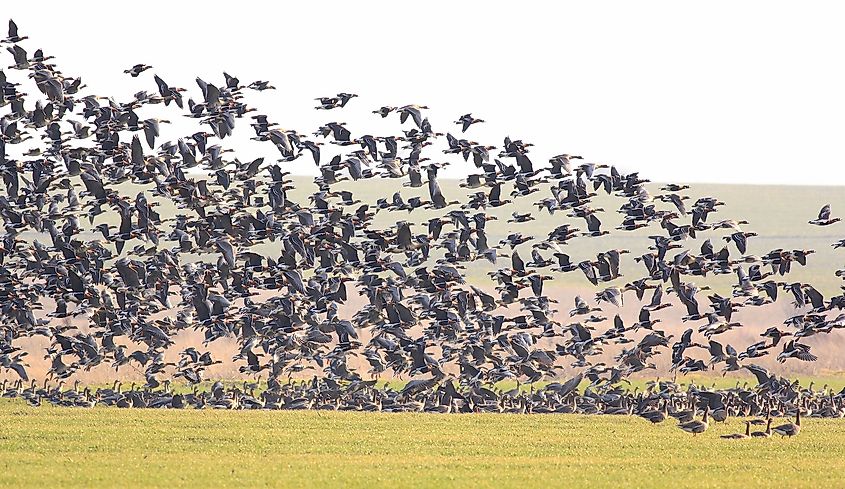
Everything about this bird is fascinating. Being a long-distance migrant, it takes astoundingly lengthy flights. Every year it flies around 6,000 km to and fro between the Arctic region and the northwestern shores of the Black Sea.
It is interesting to watch how these birds build an association with the peregrine falcons during the breeding season. They form small colonies around the nests of these falcons or sometimes other large raptor nests as well. This protects their nests as the raptors are powerful birds that keep other predators away.
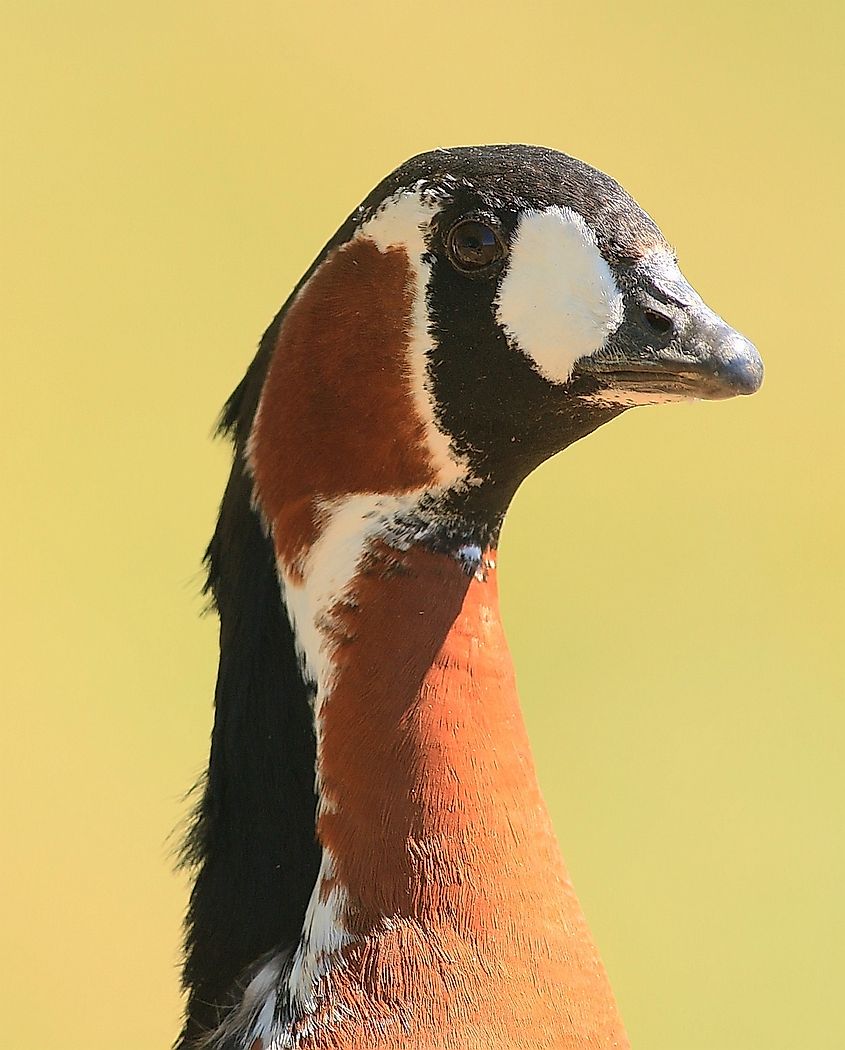
The red-breasted goose is also one of the most splendidly colored species of geese. With its rusty red colored neck, breast, and cheeks contrasting with the white and black color on the rest of its body, the bird adorns a very attractive appearance.
It is also a capital breeder. It means that it acquires energy in the form of fat stores in its body at its wintering and spring staging sites and capitalizes on it for breeding. Hence, the environmental conditions at its wintering and spring staging sites have a direct impact on its breeding success.
What are the major threats facing the red-breasted goose?
The red-breasted goose is a relatively long-lived and slow-breeding species. Even small changes in numbers can significantly affect the survival potential of the species.
Changes in agricultural practices, development of wind farms, hunting/poaching and development pressures, high levels of disturbance at roosting and feeding sites (coming from hunting, boating, fishing, deliberate scaring, etc.) are all detrimental to the survival of these birds. Disturbance reduces the time spent on feeding and also leads to energy loss through escape flights. At individual levels, it leads to a poor state of health and more difficult migratory flights. Bird mortality is thus higher. It also adversely affects the breeding productivity of these birds.
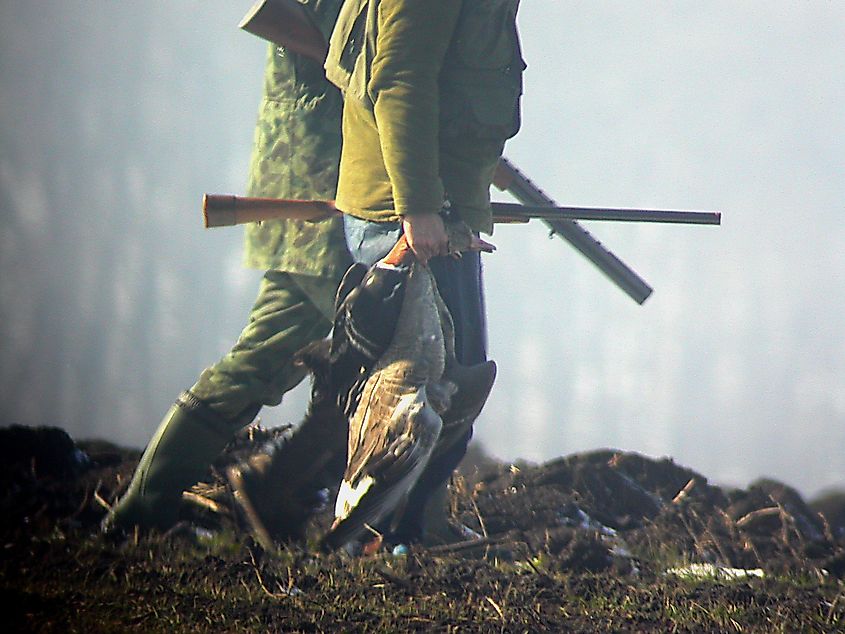
A shocking revelation has been made through a recent preliminary analysis of information obtained from satellite-tagged red-breasted geese. Spring and autumn hunting of these birds in southern Russia and northern Kazakhstan accounts for up to 40% of the mortality cases of these birds.
And of course, there is the most complex threat of climate change. According to predictions, the species might end up losing nearly 70% of its breeding ground due to climate change by 2070. Wetlands, the primary habitat for the species, are identified among the most climate change vulnerable ecosystems. Extreme floods and droughts are the drivers that change the quality and extent of the habitat and cause severe changes in populations of threatened and vulnerable taxa. The mismatch between the timing of migration and plant development in the Arctic due to earlier spring is a serious problem that starts to emerge in recent studies.
What actions are being taken by you and your team to protect the species?

We have been working hard on wintering grounds in Bulgaria for the past couple of decades to reduce poaching and hunting pressures by involving respective authorities and stakeholders in mixed patrol systems. We work with farmers to develop agri-environmental schemes to reduce conflict on crop damages. We also study and monitor the numbers and distribution of the species and develop a habitat model to pinpoint the key and most vulnerable areas that might be at risk due to the development of a touristic or windfarm industry.
What are the major challenges in its conservation?
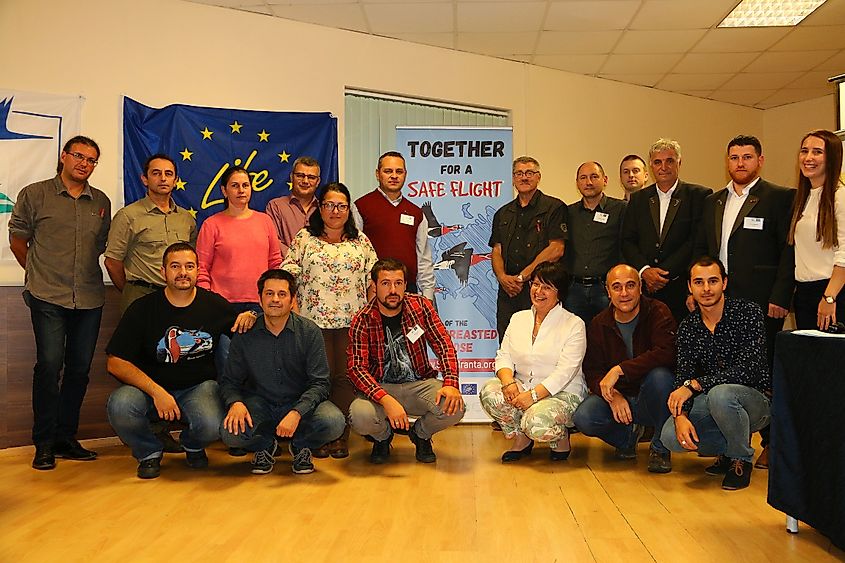
The participants in sustainable waterbird harvesting workshop organised by the BSPB conservation team with Dr. Nikolai Petkov (first from left in front row).
Challenges to the conservation work done to save the red-breasted goose are numerous and growing. The major ones are -
1. Inadequate funding
Adequate funding to save the red-breasted goose is often lacking. Many of the range countries of these birds are relatively low-income countries that dedicate only a trickle of their budget to saving species. Lack of awareness about the importance of conservation of these birds discourages wealthy companies and individuals from donating to the cause. Conservation organizations thus have to depend a lot on foreign funding.
2. Hunting pressures
Hunting is another major threat to red-breasted goose. Although these birds are protected by law throughout their range, their hunting continues unabated in many locations. Often, hunters do not care to distinguish them from other more common and unprotected species of geese. They also ignore the warnings by conservationists and fail to understand the importance of these birds to the ecosystem. Given the trait of these birds to gather in large numbers at a single site, to the lay observer it appears they are thriving. They fail to realize that this might be nearly the whole lot of the species. Also, authorities in many of the range countries lack the power to impose restrictions on hunting of the birds around key sites by going against the strong hunting lobbies.
3. Lack of awareness
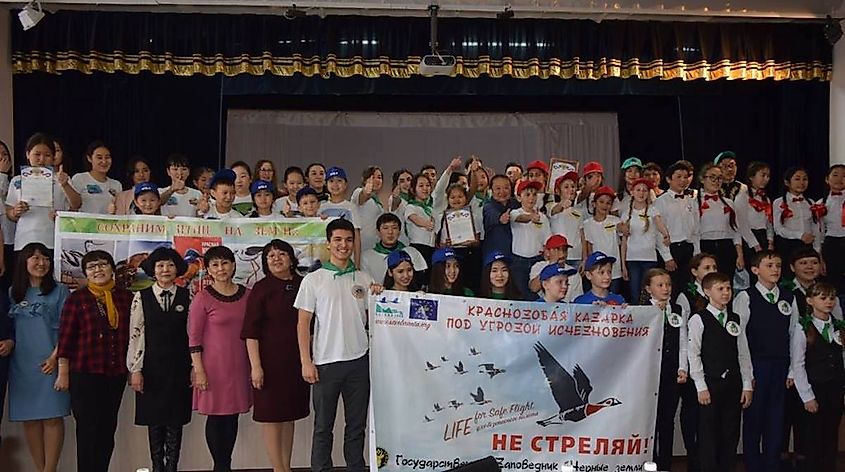
In many of the range countries of the red-breasted goose, conservation NGOs are viewed as a massive hurdle to the economic development of local communities and the nation as a whole. People fail to realize the long-term consequences of environmental degradation and species loss on their own survival. Conservation efforts like the ones to protect the red-breasted goose suffer a lot due to public apathy. Sometimes, economic investors fund media campaigns against conservation NGOs presenting them as a threat to the prosperity of the people. Such attitudes are often challenging to deal with. However, in our work with the conservation of these birds, we also met communities who have supported our work and taken an active role in protecting them.

4. Climate change
Last and in no way the least, climate change has triggered stark changes in the distribution and possibly the number of individuals of the red-breasted goose. Shortstopping during migration is now common. More frequent extreme weather events like sudden cold spells triggered by climate change leave the birds vulnerable to death.
Climate modeling predictions suggest that the species might lose almost 70% of its breeding grounds to global warming by the year 2070. Other models suggest that the species will shift its wintering grounds further north. That raises several questions. Would the new range be able to provide adequate wetland habitats and green fields to sustain the population of these birds? Would the birds be able to match their arrival with the earlier arrival of spring and vegetation bloom in the Arctic due to global warming?
What are your current goals regarding the conservation of the red-breasted goose?
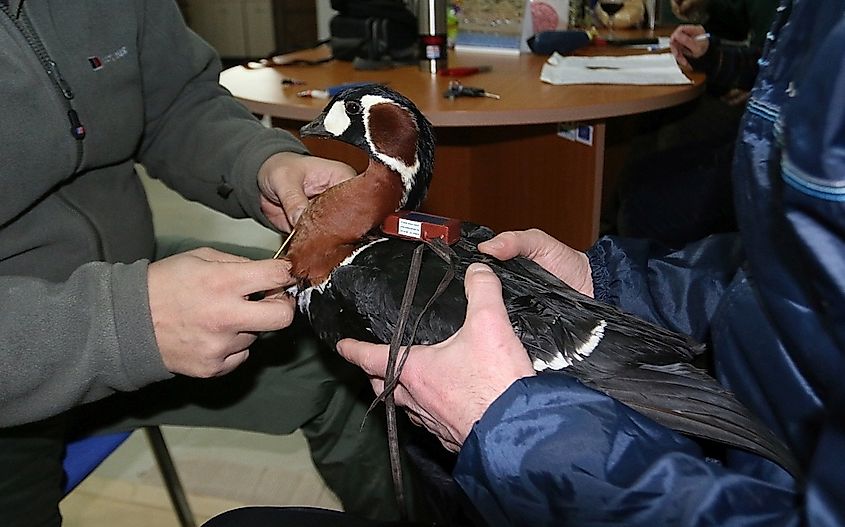
There is a lot left to be done to ensure that the species has a secure future. Currently, we are working with our partners to protect the birds in their staging areas and key sites. We also aim to mitigate the threats faced by these birds along their migratory routes which are, of course, quite challenging. Satellite tracking of these birds as they migrate needs to be continued. Discovering newer locations where these birds rest or hide in winter is important to ensure these places are kept safe for them.
What would be your message to the world about why it is important to save the species?

Migratory birds, especially long-distance migrants like the red-breasted geese, are excellent indicators of the health of the ecosystem and environmental changes. Shifts in the paths of these migrants and reduction in their numbers indicate that something is gravely wrong. The changes are bound to adversely affect us as well.
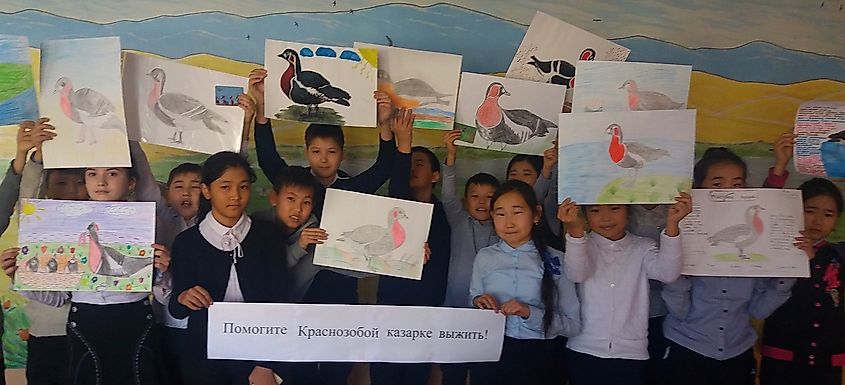
So, by guaranteeing these birds a safe habitat and migration, we secure our survival too. Also, every species has its own right to exist on this planet. We need to keep the biodiversity intact so that our children and grandchildren are left behind not a silent, empty planet, but a vibrant, thriving one.











